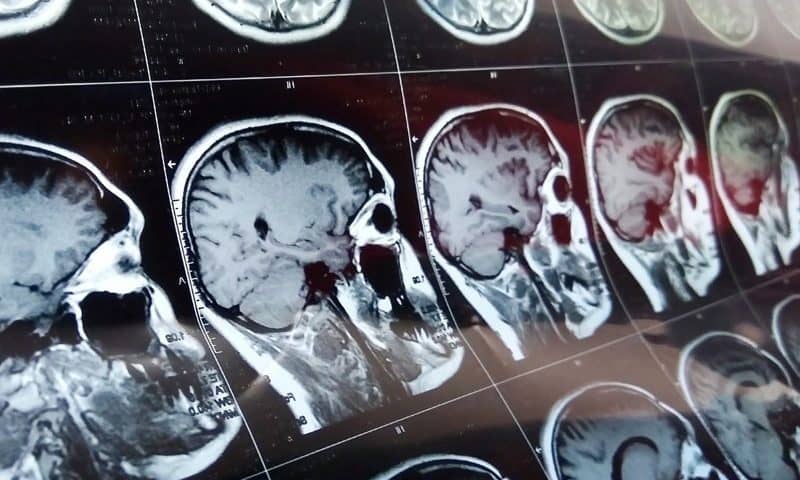Before amyloid beta peptides can form the brain plaques that have been implicated in Alzheimer’s and other brain disorders, they have to bind to “fibrils,” protein aggregates that grow over time. But sometimes misaligned chemical forces prevent the peptides from locking onto fibrils—a failure that researchers now say could inspire new treatments.
Researchers at the University of Houston and Rice University discovered that amyloid beta peptides encounter several obstacles in the quest to attach to fibrils. They went on to suggest strategies for capitalizing on the points at which the peptides are held back, or “frustrated.” They published their findings in the Proceedings of the National Academy of Sciences.
The team started by disrupting the growth of amyloid beta fibrils with urea, which is known for its ability to unfold proteins.
“A weird thing happened,” said co-author Peter Vekilov, Ph.D., professor of chemical and biomolecular engineering at the University of Houston, in a statement. “Urea made the fibrils less stable, which meant the bonds between the molecules in the fibrils became less strong. But it also made them grow faster.”
That seemed to violate the basic rules of chemistry, because weak bonds should have correlated with slower growth. Further research showed that the tip of each fibril was filled with disordered chains of peptides, all of which were trying to dock on but getting frustrated. The urea destabilized some peptide bonds, fueling growth but also revealing druggable targets at the crown of the fibrils, the researchers said.
Halting the growth of fibrils at their tips would provide a way to stop amyloid beta aggregation without destabilizing the entire fibril, the researchers added. That’s important, because one theory of Alzheimer’s suggests that fibrils actually protect the brain from other harmful proteins, including tau, which forms tangles that have been observed in patients’ brains.
Even though amyloid beta has long been considered a prime culprit in Alzheimer’s, the value of clearing amyloid plaques remains controversial. It’s the basis of Biogen’s recently approved Aduhelm, a drug that’s been clouded by efficacy questions. More than 200 other amyloid-focused research programs failed.
Still, several research teams are scrutinizing the amyloid aggregation process in hopes of finding new drug targets for Alzheimer’s and related diseases. Last month, for example, a University of California, San Diego team showed that blocking part of the amyloid beta pathway in the brain could protect synapses in mice.
Meanwhile, some companies are continuing to advance studies of anti-amyloid antibodies, including Denali Therapeutics and AbbVie.
The University of Houston and Rice researchers said more work needs to be done to determine whether stopping fibrils from growing relieves the symptoms of Alzheimer’s. They are now planning to explore drug candidates that can change fibril tips, they said.

